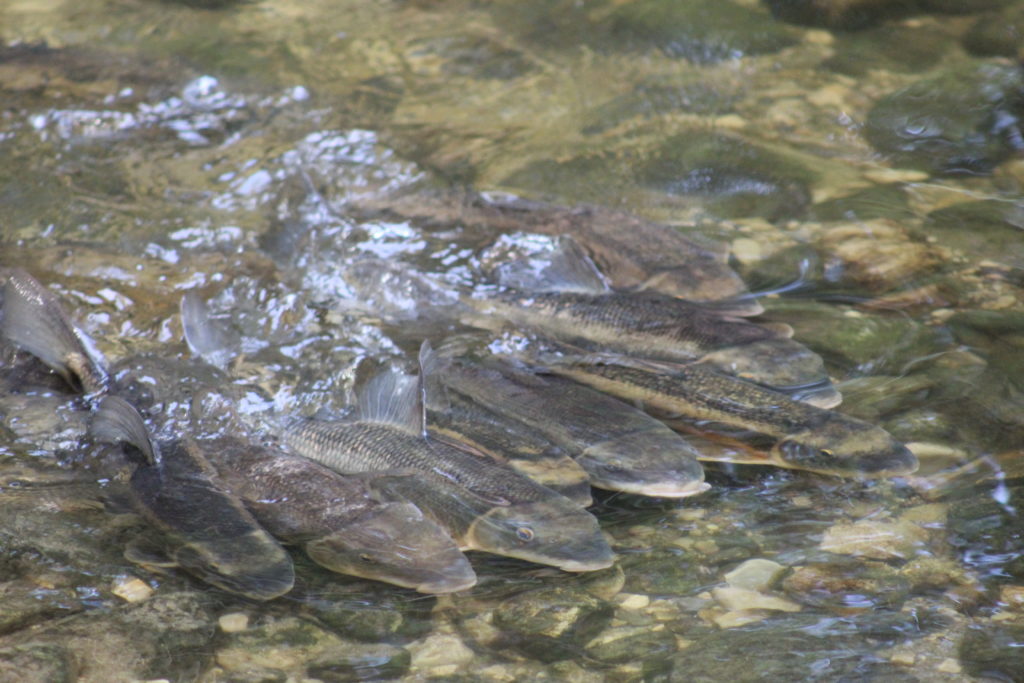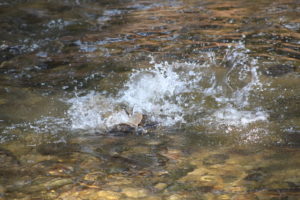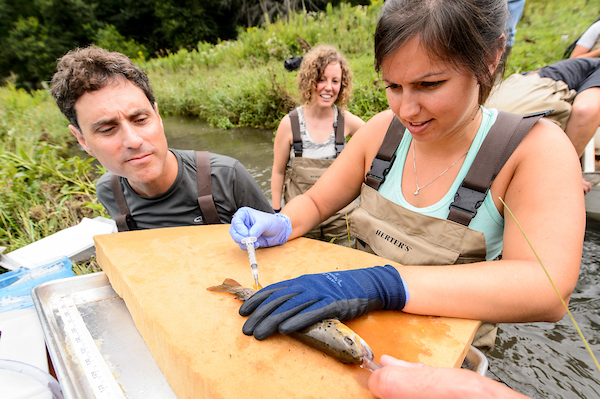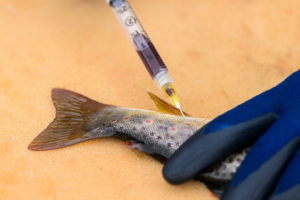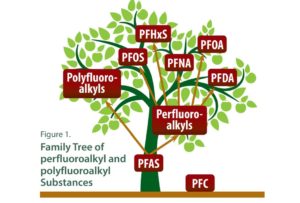Drinking Water News Roundup: Ontario Indigenous lawsuit over water dispute, 50,000 sign up for Flint settlement, Ohio infrastructure loans

From lead pipes to PFAS, drinking water contamination is a major issue plaguing cities and towns all around the Great Lakes. Cleaning up contaminants and providing safe water to everyone is an ongoing public health struggle.
Keep up with drinking water-related developments in the Great Lakes area.
Click on the headline to read the full story:
Indiana:
- Indiana Lawmakers Amend Environment Bills as Deadlines Near – Chicago Tribune
Dozens of amendments to bills affecting Indiana environmental policy have sparked debate among lawmakers as the Legislature enters its final stretch of the session.
Great Lakes Now
https://www.greatlakesnow.org/2021/04/drinking-water-ontario-dispute-flint-settlement-ohio-infrastructure/

